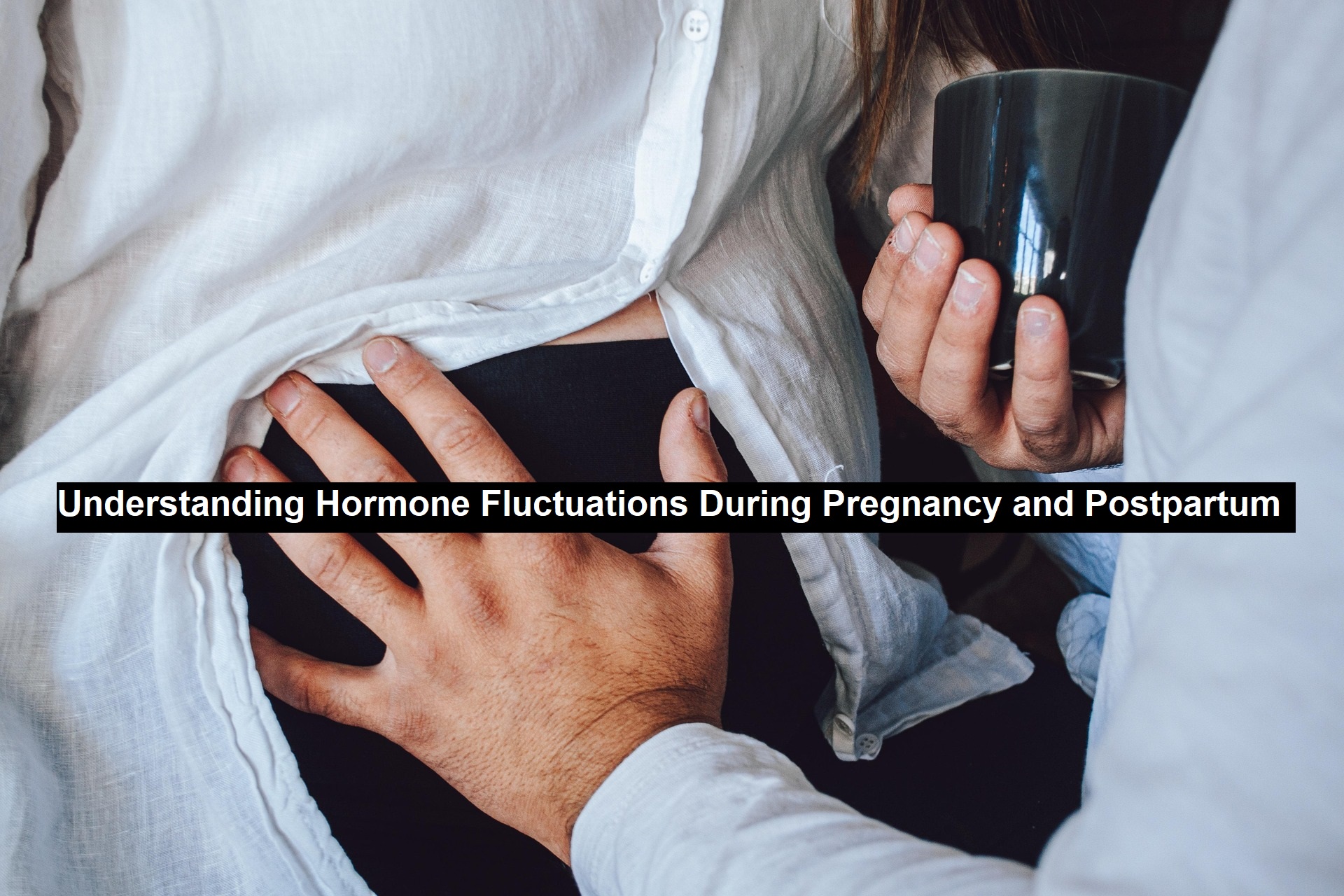Understanding Hormone Fluctuations During Pregnancy and Postpartum
Pregnancy and postpartum bring significant hormonal changes that impact both physical and emotional well-being. From conception to after birth, these fluctuations play a crucial role in supporting fetal development, preparing the body for childbirth, and adjusting to life postpartum.
During pregnancy, key hormones such as estrogen and progesterone rise dramatically. Estrogen supports fetal growth, increases blood flow, and enhances the uterus’s ability to sustain pregnancy. Progesterone helps relax the uterus, preventing early contractions, and supports the immune system in tolerating the growing baby. Additionally, human chorionic gonadotropin (hCG) maintains progesterone levels early on, while relaxin helps loosen ligaments in preparation for labor.
Read: Heirlooms as Keepers of Family Values
As delivery approaches, oxytocin levels rise, triggering contractions and bonding instincts. Prolactin also increases, promoting milk production for breastfeeding. However, after birth, estrogen and progesterone levels drop significantly, contributing to postpartum mood swings and emotional sensitivity. This sudden hormonal shift can lead to the “baby blues” or, in some cases, postpartum depression.
The postpartum period continues to see fluctuations as prolactin remains high for breastfeeding mothers, while oxytocin promotes bonding and stress relief. For non-breastfeeding mothers, hormone levels gradually return to pre-pregnancy states. The body’s hormonal balance typically stabilizes within a few months, but some women may experience ongoing irregularities.
Infographic provided by International Surrogacy Center, a top company to help become a surrogate
Understanding these hormonal changes can help new mothers prepare for the emotional and physical shifts they may experience. Seeking support, maintaining a balanced diet, and prioritizing rest can aid in navigating these transitions with greater ease.

